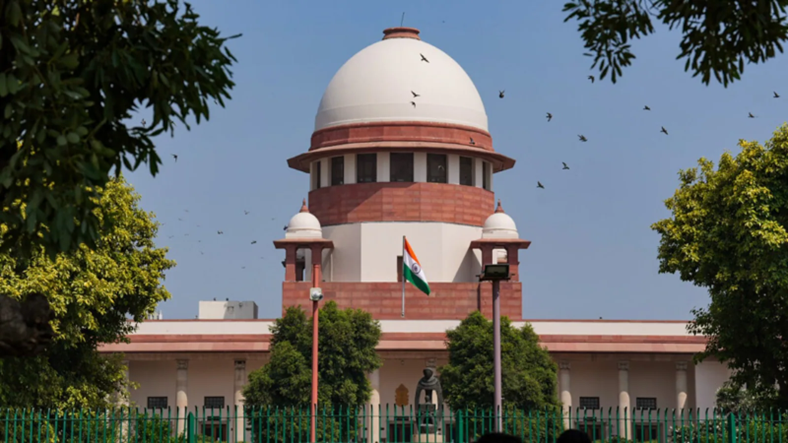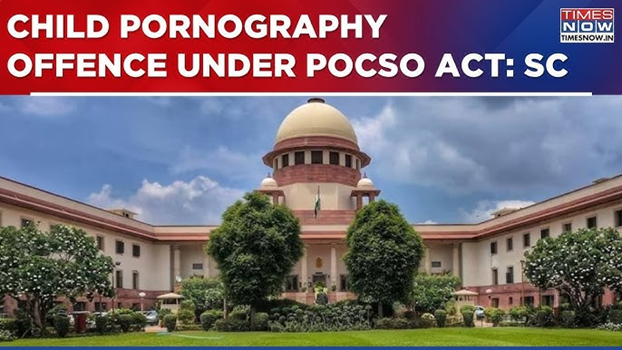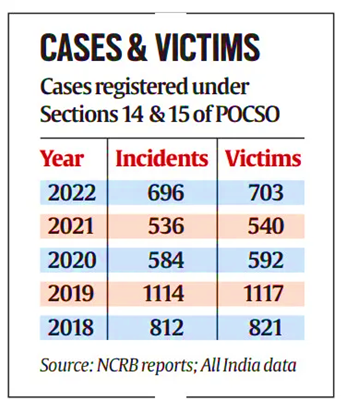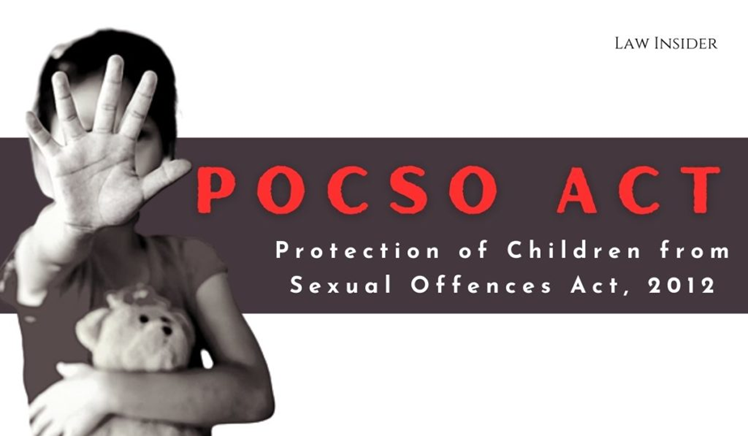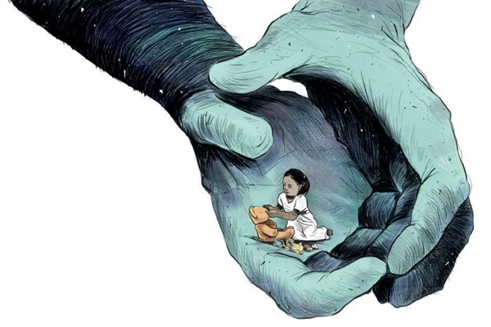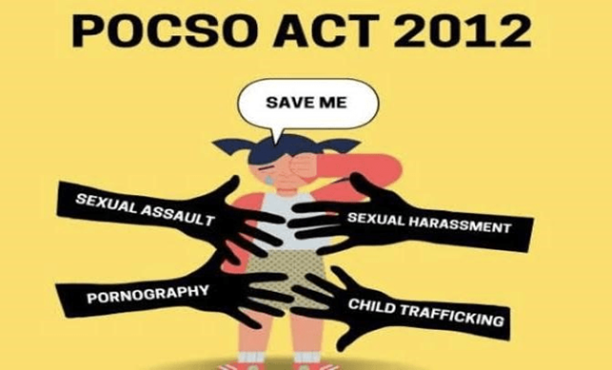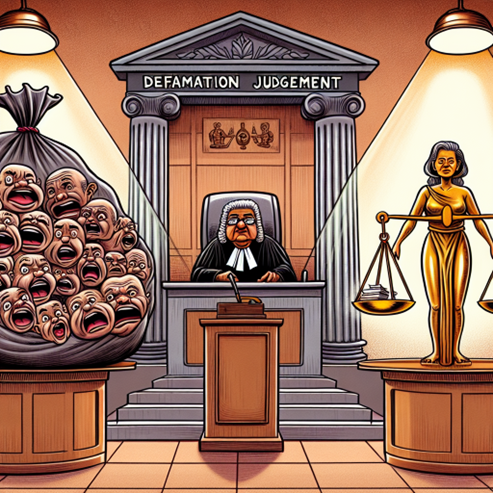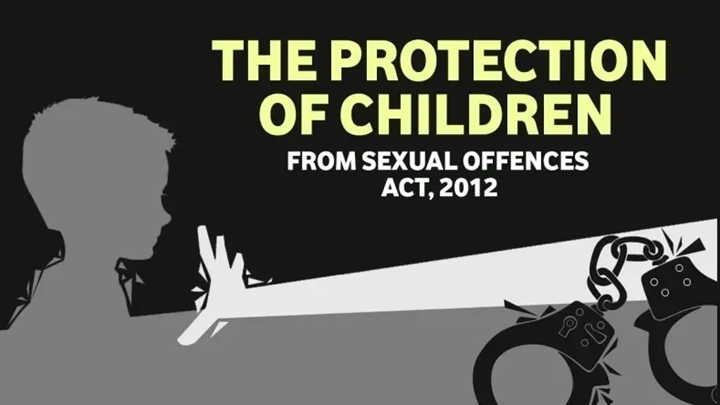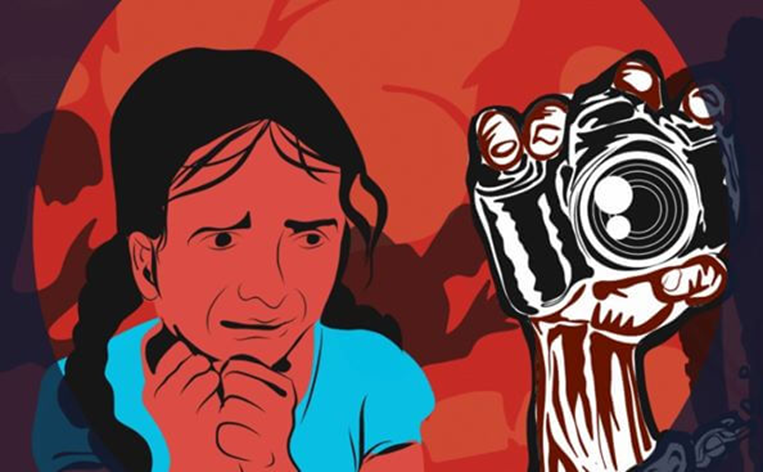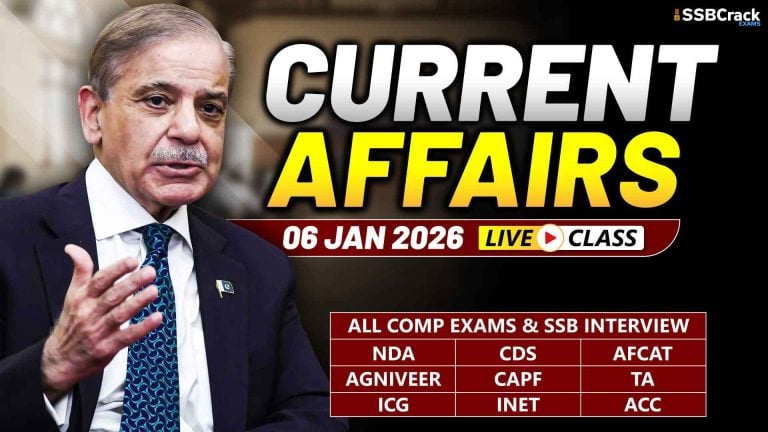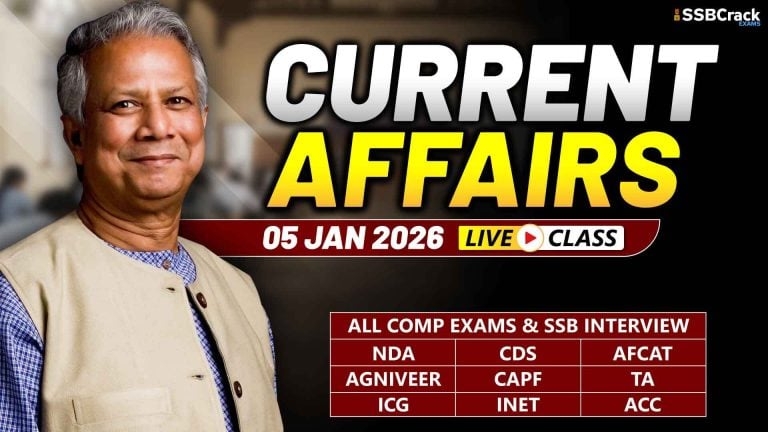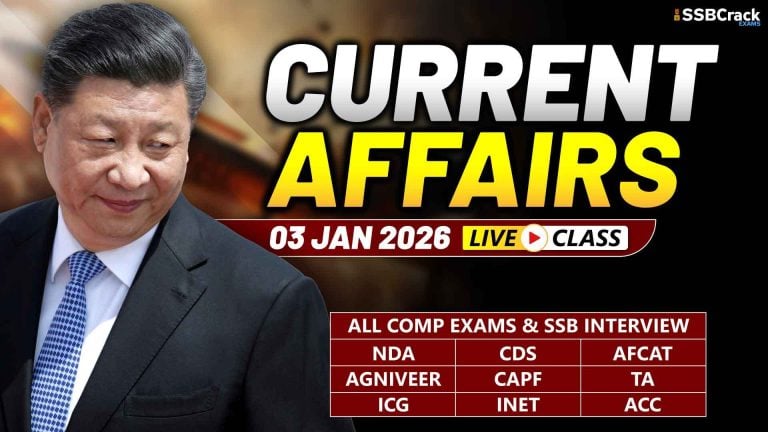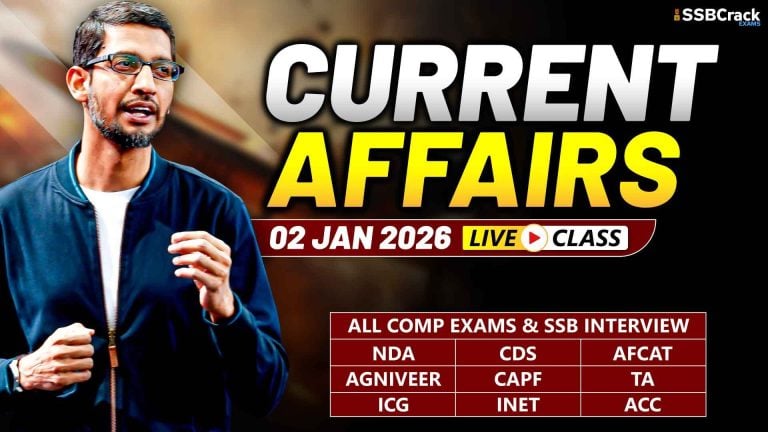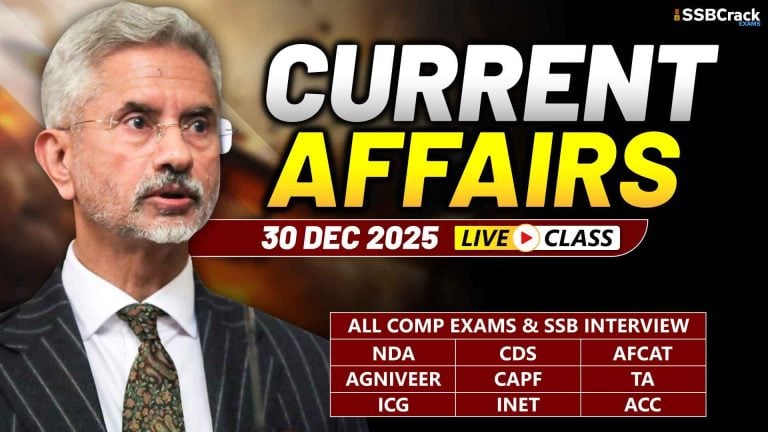Tightening the law on child pornography, the Supreme Court on Monday said that even viewing, possessing, and not reporting such content is punishable under the Protection of Children from Sexual Offences (POCSO) Act regardless of whether it is shared or transmitted further.
How Supreme Court Strengthened Child Pornography Law
Why In News
- Tightening the law on child pornography, the Supreme Court on Monday said that even viewing, possessing, and not reporting such content is punishable under the Protection of Children from Sexual Offences (POCSO) Act regardless of whether it is shared or transmitted further.
- In doing so, the SC set aside a Madras High Court decision from earlier this year where a single-judge Bench had quashed criminal proceedings against a 28-year-old man who had downloaded two pornographic videos involving children on his phone.
- In a 200-page judgement, a Bench comprising Chief Justice of India D Y Chandrachud and Justice J B Pardiwala outlined a strict interpretation of what constitutes an offence of “storage of child pornography”.
What Was The Case Before The SC
- On January 11, the Madras HC quashed the criminal proceedings against a man charged with downloading and possessing child pornography on his mobile phone.
- The FIR filed against the accused only mentioned Section 14 of the POCSO Act which punishes using children for “pornographic purposes”, and the offences under Section 15 were added in subsequent chargesheets.
- However, the High Court confined it’s ruling to Section 14 alone and held that “mere possession” child pornography would not violate the provision “since he has not used a child or children for pornographic purposes”.
- The court also held that the offences under the POCSO Act could only be made out if the accused had transmitted or published the material, and there was no evidence to suggest that this took place.
What Is The Law In Question
- Bench expanded the interpretation of Section 15 of the POCSO Act, which deals with the “Punishment for storage of pornographic material involving child”.
- Originally, the provision was restricted to cases where a person stored child pornographic material “for commercial purposes”.
- In 2019, the POCSO Act was amended to introduce three connected offences under Sections 15(1), (2) and (3) with increasing grades of punishment — from fines to a three to five year jail sentence. These punish
- Any person, who stores or possesses pornographic material in any form involving a child, but fails to delete or destroy or report the same to the designated authority, as may be prescribed, with an intention to share or transmit child pornography.
- Any person, who stores or possesses pornographic material in any form involving a child for commercial purpose.
- The court’s verdict, authored by Justice Pardiwala, refers to these as “inchoate” offences — offences that are in anticipation or preparation for committing a further criminal act. The court said that Section 15 was not limited to punishing the sharing or transmitting of child pornographic material, and could even be used to punish the “intent” to commit such an act.
- The law in these cases, the court held, punishes “overt steps” taken towards committing a crime and not “the mere thought of committing an offense”. For instance, the court held that a failure to “delete or destroy or report” child pornography would allow the court to “indirectly” infer that the concerned individual intended to share or distribute it under Section 15(1).
What Did The SC Rule
- Supreme Court expanded the definition of “possession” in child pornography cases to include cases where the individual may not have physical possession of child pornographic material, but they have “the power to control the material in question and the knowledge of exercise of such control”.
- The court termed this “constructive possession” and held that “viewing, distributing or displaying” such material would still amount to it being in the accused’s “possession” under Section 15.
- Justice Pardiwala provided some illustrations of such possession. On viewing child pornography, he said: “Say for instance, ‘A’ routinely watches child pornography over the internet, but never downloads or stores the same in his mobile.
- Here ‘A’ would still be said to be in possession of such material, as while watching he exercises a considerable degree of control over such material including but not limited to sharing, deleting, enlarging such material, changing the volume etc. Furthermore, since he himself on his own volition is viewing such material, he is said to have knowledge of having control over such material.”
- Another illustration dealt the responsibility of an individual who receives child pornography unwittingly from an external source: “For instance, say, ‘A’ is sent an unknown link by ‘B’, which upon clicking opens a child pornographic video on the phone of ‘A’.
- Now if ‘A’ immediately closes the link, although once the link is closed ‘A’ is no longer in constructive possession of the child pornography, this by itself does not mean that ‘A’ has destroyed or deleted the said material by merely closing the link. ‘A’ will only be absolved of any liability if he after closing the link further reports the same to the specified authorities”.
- This puts emphasis on reporting of child pornographic content. The penalty for not reporting is a fine “not less than five thousand rupees and in the event of second or subsequent offence, with fine which shall not be less than ten thousand rupees.”
- The court also held that the offence under Section 15 will apply even if the accused does not have physical possession of child pornography at the time when the FIR is filed.
- Charges can be made if it is established that the accused possessed child pornographic material “at any point”. The court said that if a person “immediately after storing and watching child pornography in his mobile phone deletes the same before an FIR could be registered” could still be found liable under Section 15.

